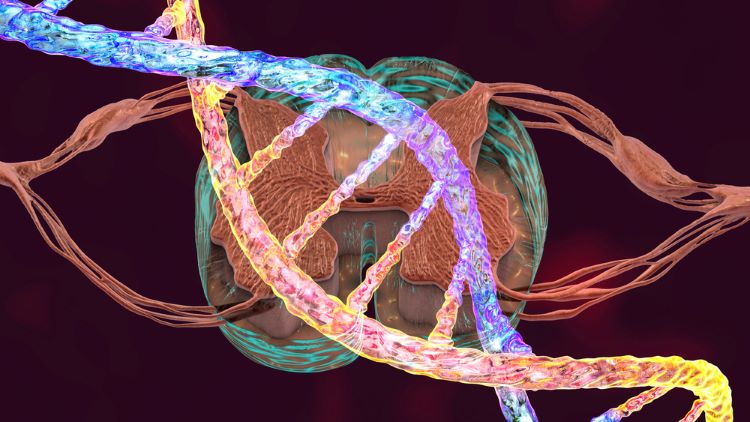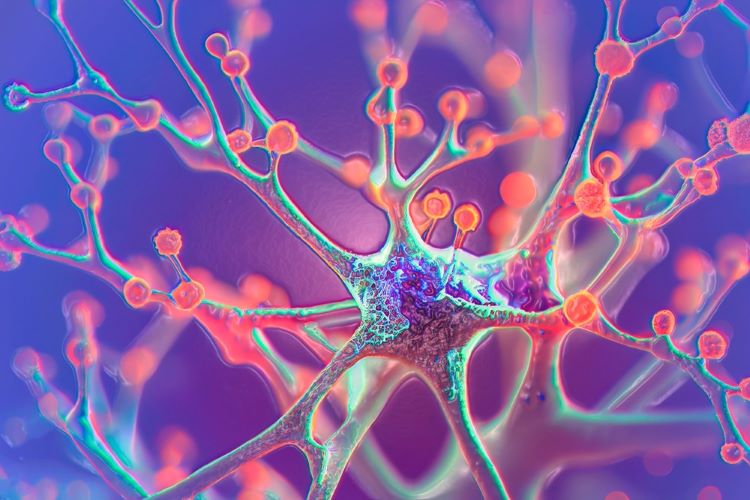Realising milestones with gene therapy for SMA
Posted: 11 May 2023 | Catherine Eckford (European Pharmaceutical Review), Dr Sitra Tauscher-Wisniewski (Novartis Gene Therapies) | No comments yet
Novartis Gene Therapies’ Vice President for Clinical Development & Analytics shares what shaped the success of one of the few commercially-available gene therapies.


Novartis shared long-term data for its SMA gene therapy in March 2023, which indicated significant long-term motor-milestone achievements in spinal muscular atrophy (SMA). In this Q&A, Dr Sitra Tauscher-Wisniewski, Vice President of Clinical Development & Analytics of Novartis Gene Therapies elaborated on the key findings and discussed the importance of collaboration in fast-tracking access to gene therapies such as Zolgensma.
Due to a mutation in the survival motor neuron gene 1 (SMN1), individuals with SMA do not produce survival motor neuron (SMN) protein at high enough levels. Without this protein, the motor neuron cells shrink and eventually die. This causes debilitating and potentially fatal muscle weakness.2
Increasing the amount of survival motor neuron protein in the body is one way to treat SMA. This is often called an ‘SMN-based’ or ‘SMN-enhancing’ approach.2
Treating SMA can be challenging because “early signs can be difficult to recognise, delaying diagnosis and treatment,” according to Dr Tauscher-Wisniewski.
Three SMN-enhancing treatments for the condition are approved by the US Food and Drug Administration (FDA)2, however there is no cure for SMA at present. There are three modes of action (MOA) available for treatments – intrathecal injection, intravenous infusion and an oral formula. While Zolgensma is also being investigated in the form of an injection, the MOA currently approved by the FDA is a single infusion.3
The one-time gene therapy received final draft guidance from the National Institute for Health and Care Excellence (NICE) on 16 March 2023.
What were the main findings presented at the 2023 Muscular Dystrophy Association Conference (MDA)? Why is it significant?
Interim results from the 15-year LT-002 study show 100 percent of children treated in the presymptomatic IV cohort either maintained the highest milestone achieved during the parent study (walking alone)… by the data cut off”
Latest data from two of our Long-Term Follow-up (LTFU) studies, LT-001 and LT-002 showed spinal muscular atrophy (SMA) patients treated with Zolgensma survived, maintained, and in some cases gained, motor-milestones in the follow-up period.
Notably, data from LT-001, a 15-year ongoing observational study following the Phase I START patients, showed that children treated after presenting symptoms of SMA maintained all previously achieved milestones up to 7.5 years post-dosing. Interim results from the 15-year LT-002 study show 100 percent of children treated in the presymptomatic IV cohort either maintained the highest milestone achieved during the parent study (walking alone) or achieved the milestone by the data cut off.
Most important lesson learned in developing gene therapy Zolgensma (onasemnogene abeparvovec)?
Transformative treatments have exposed and tested the limitations of our value assessment and reimbursement systems. We’ve learnt that innovative therapies, like Zolgensma, require equally inventive access pathways so that as many patients as possible benefit from treatment. Stakeholder education is critical to achieving this.
collaboration between payers, regulators and governments…[enables] healthcare systems built around chronic therapy to adapt to accommodate revolutionary therapies”
The introduction of Zolgensma in more than 47 countries is a testimony to the collaboration between payers, regulators and governments, enabling healthcare systems built around chronic therapy to adapt to accommodate revolutionary therapies.
We’ve achieved milestones no other gene therapy has accomplished to date by establishing flexible, tailored solutions enabling rapid access.
What are the challenges in treating conditions such as spinal muscular atrophy?


As such, we acknowledge the cruciality of newborn screening (NBS) for SMA, advocating for its implementation globally.
What are the emerging modalities in the gene therapy sector?
By 2030, 20-25 gene therapies are expected to reach market approval, accounting for 1.30-1.61 percent of Europe’s annual healthcare spend.1 This is assuming a $1M price tag for all gene therapies. In reality, this will vary by disease area and therapy.
We hope to translate Novartis’ experience in bringing to market one of the few commercially-available gene therapies to the candidates in our extensive gene therapy pipeline.
About the authors


Dr Sitra Tauscher-Wisniewski is Vice President for Clinical Development & Analytics at Novartis Gene Therapies. She has led Clinical Development for Novartis Gene Therapies since 2020. Sitra joined Avexis in 2019 as Head of Clinical Development for SMA. In 2015, she joined Astellas Pharma, Northbrook, IL, and served as Global Lead for Immunology, CNS and Neuromuscular Indications and eventually as Global Medical Lead for the Muscle TA.
Sitra joined Eli Lilly and Company in 2004 and held roles first in Pharmacovigilance for two years and then for nine years in CNS drug development across various indications, including a dual role as Medical and Project Leader accountable for a portfolio of metabotropic Glutamate receptor modulators at various stages of development. Sitra obtained her degree at the Medical University of Vienna, Austria.
Catherine Eckford is Editorial Assistant at European Pharmaceutical Review.
References
- Pharma spending per capita; 3.8% annual growth rates assumed [average over past decade has been 4.7%]. Health Resources – pharmaceutical spending – OECD Data [Internet] [cited 2023Apr]. Available from: https://data.oecd.org/healthres/pharmaceutical-spending.htm
- [Internet] Cure SMA. [cited 2023May]. Available from: https://www.curesma.org/treatment/#available-treatments
- Spinal Muscular Atrophy. [Internet] NIH National Institute of Neurological Disorders and Stroke. [cited 2023May]. Available from: https://www.ninds.nih.gov/health-information/disorders/spinal-muscular-atrophy
Related topics
Big Pharma, Biologics, Biopharmaceuticals, Clinical Development, Clinical Trials, Data Analysis, Drug Development, Drug Safety, Gene therapy, Interviews, Research & Development (R&D), Therapeutics









